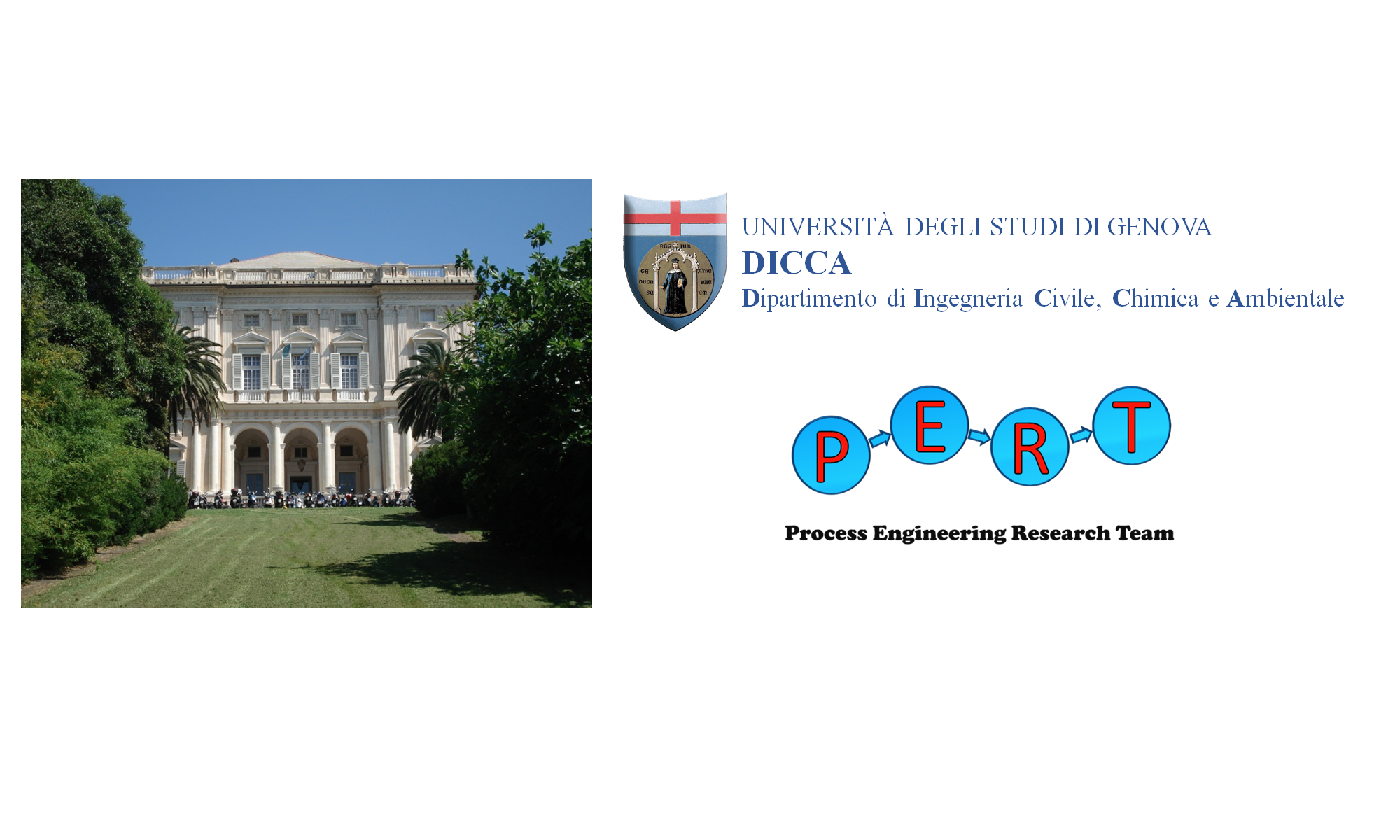Lignocellulosic biomass is widely recognised as a potential low-cost source for the production of high, added value materials when the adequate transformations are carried out. The main aim is to make use of its functional groups in order to generate novel products with new and improved properties for replacement of existing chemicals or for new applications.
Among all the potential applications, the use of agricultural by-products as precursors for the production of materials with high adsorptive capacity has been extensively studied recently. Adsorption is defined as the process of collecting soluble substances that are in solution on a suitable interface. Innovative techniques based on adsorption are considered among the best for the removal of pollutants from water due to its ease of operation.
The PERT group collaborates with the DREMAP (UPV) laboratories in the production of ash and silica extraction. In this context, the PERT group works in the valorisation of residues coming from the combustion of rice straw to convert them into high value-added products.
The high percentage of ash in
the straw produces a high quantity of residual product when it is submitted to thermal conversion processes. This residue, which is rich in silica, can become a precursor of new added value materials, starting a new bio-production chain.
Taking into account that approximately two thirds of rice residues are straw, the production of silica from straw has twice the potential of rice husk. It is clear that the use of straw to obtain silica presents several economic and environmental advantages that need to be further explored.
The yield of the production of ash was 15.5±0.3%.
Silica obtained was used as adsorbent material in water treatment methodologies.
The results of the preliminary tests using the obtained silica for the removal of nitrates in a water dissolution showed that the tested samples presented certain degree of retention.
However, this retention was not complete and further modifications on the chemical structure will be required to optimise its behaviour.
It is for this purpose that the LIFE LIBERNITRATE project was born.

